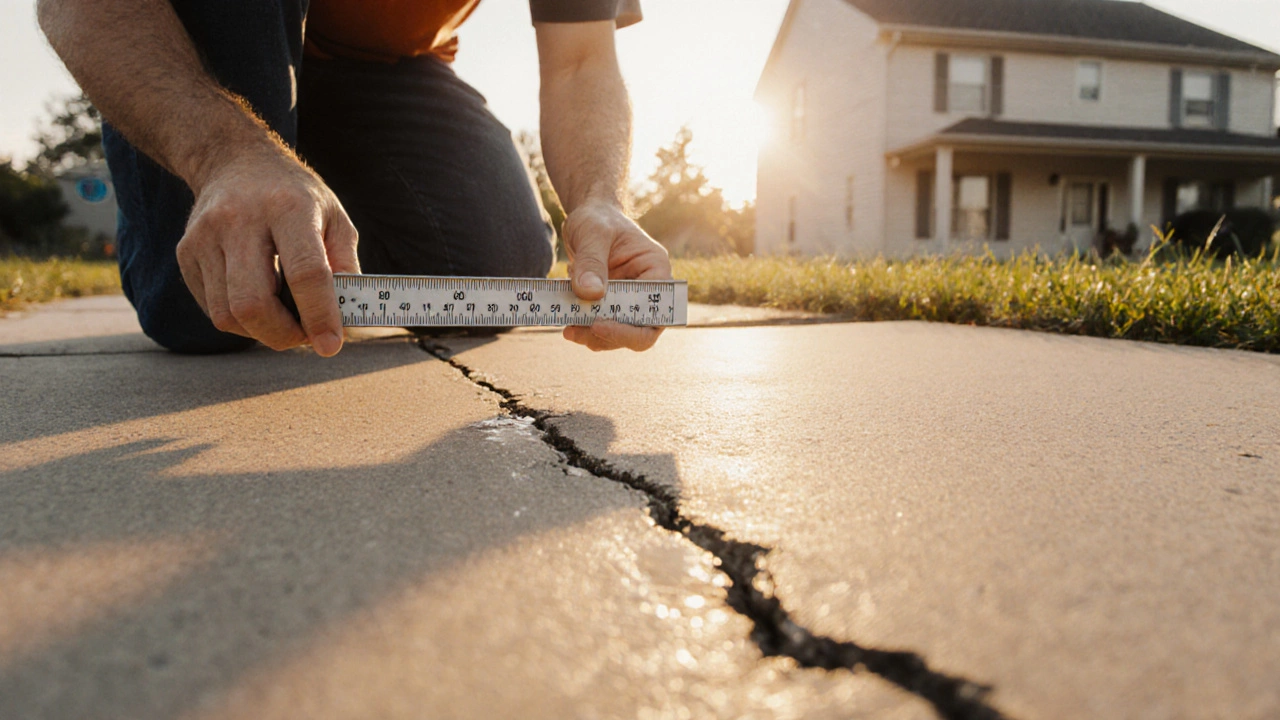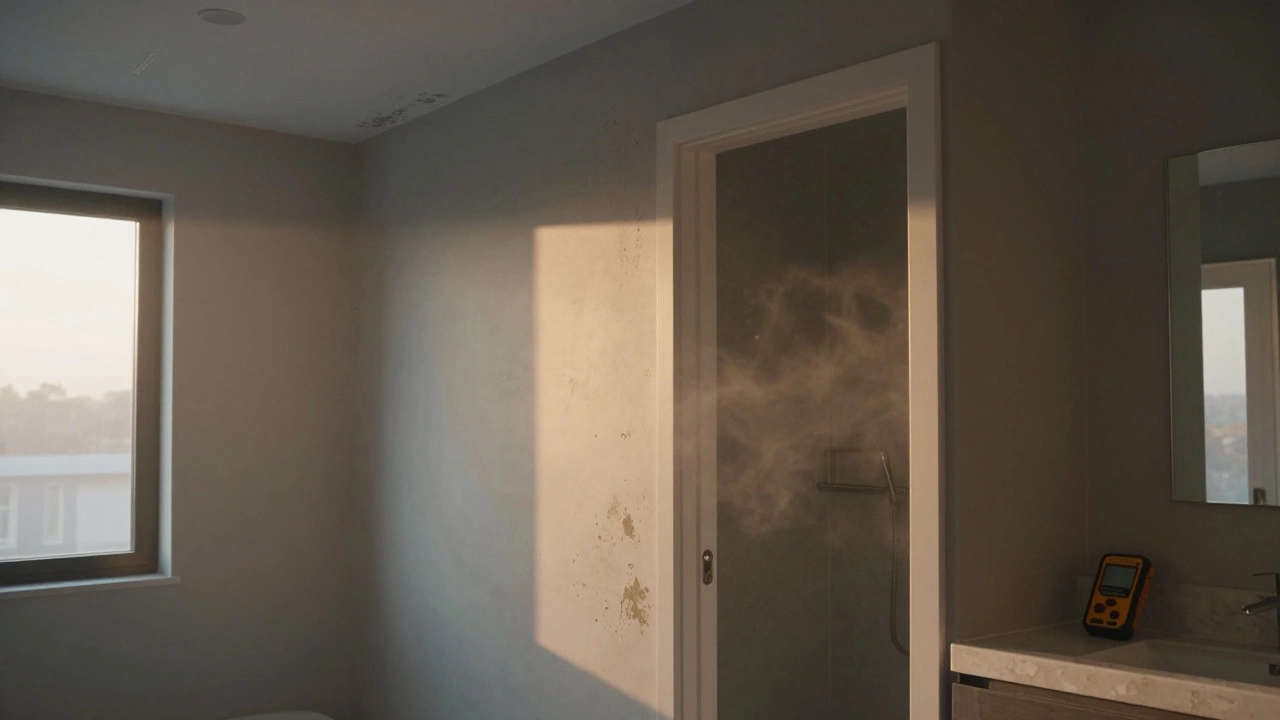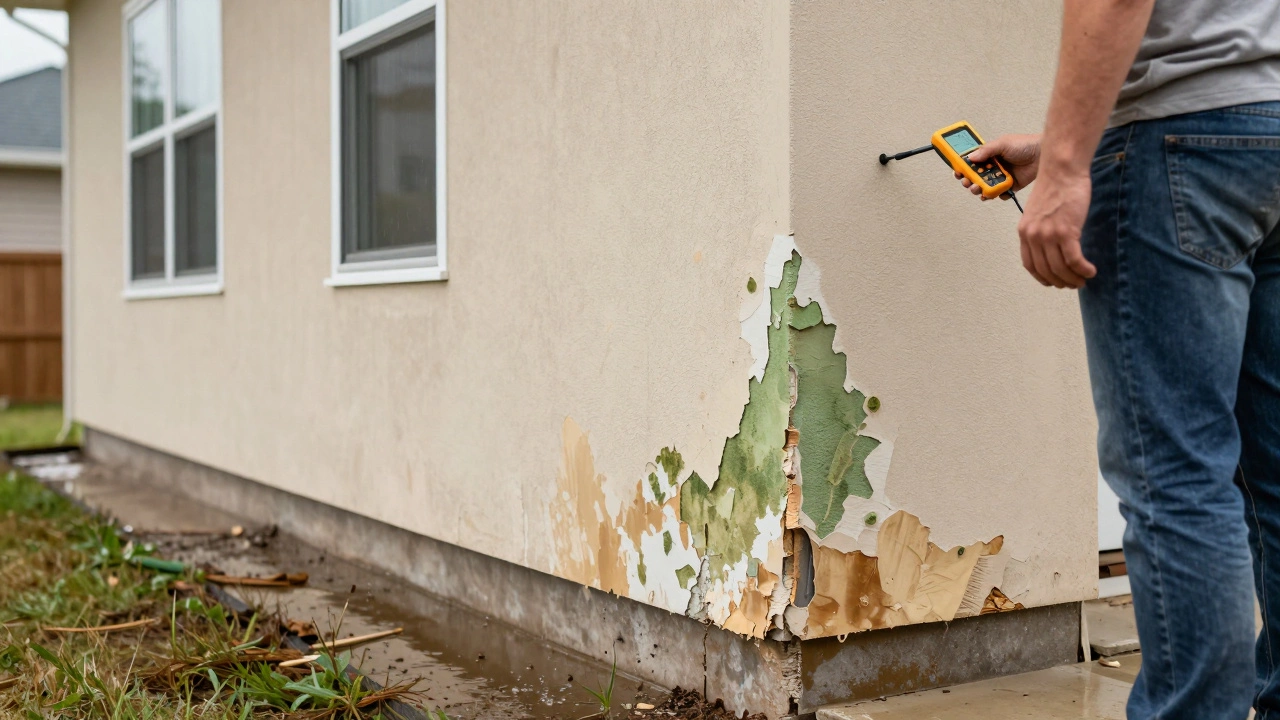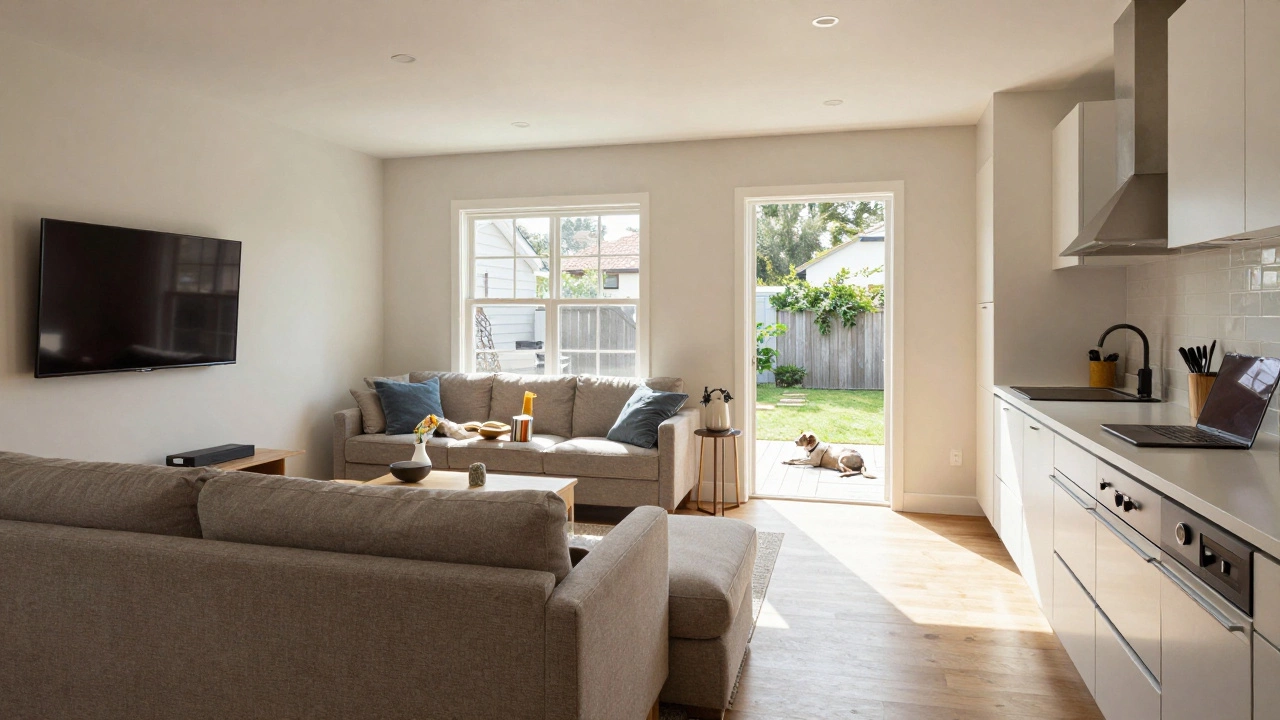Structural Crack Limits – What You Need to Know
When dealing with structural crack limits, the maximum width and pattern of cracks that are considered safe in a building’s structure. Also known as crack tolerance, it helps homeowners and engineers decide if a crack needs repair or just monitoring.
One of the most common signs of trouble are foundation cracks, breaks that appear in walls, floors or foundations due to movement or stress. If these cracks run horizontally, they’re called horizontal foundation cracks, which often indicate pressure from soil or water buildup. The crack severity, measured by width, length and direction, determines whether the issue falls within structural crack limits or exceeds them. When limits are exceeded, a foundation repair, method such as epoxy injection, underpinning, or wall anchors, becomes necessary.
Key Factors That Influence Crack Limits
Assessing crack limits involves three steps: measure the opening, compare it to accepted thresholds, and decide on action. Structural crack limits encompass the idea that not every crack warrants a costly fix; many are normal settlement. However, when horizontal foundation cracks exceed 2 mm, engineers usually recommend immediate investigation because the pressure behind the wall may be compromising stability. The relationship between crack severity and foundation repair is direct – higher severity often means more invasive repair methods.
Soil type, moisture levels, and load changes all affect how cracks develop. Clay soils swell with water, pushing against foundations and creating horizontal cracks. Conversely, sandy soils drain quickly, reducing pressure but can settle unevenly, leading to vertical cracks. Understanding the local ground conditions lets you predict whether a crack is likely to stay within limits or grow beyond them.
For homeowners, a simple monitoring plan works well. Mark the crack ends with a pencil, note the width using a crack gauge or a simple ruler, and photograph it monthly. If the width grows more than 0.5 mm per month, or if you notice new horizontal cracks, it’s time to call a structural engineer. Early detection keeps repair costs down and protects the building’s integrity.
Building codes often define acceptable crack widths for different structures. Residential homes typically allow up to 3 mm for non-structural walls, while load‑bearing elements might have stricter limits, often under 1 mm. These standards form the basis of structural crack limits and guide both inspectors and contractors.
In practice, the decision to repair hinges on three questions: Is the crack wider than the limit? Is it growing? And does it affect structural components like beams or columns? Answering yes to any of these means you’re crossing the line from cosmetic to structural concern, and a professional foundation repair plan should be drafted.
Our collection below dives deeper into each of these topics. You’ll find step‑by‑step guides on measuring horizontal foundation cracks, checklists for assessing crack severity, and case studies that show when a simple epoxy injection solved the problem versus when full underpinning was required. Ready to take the guesswork out of crack evaluation? Keep reading to discover practical tools and real‑world examples that will help you stay within safe structural crack limits.






